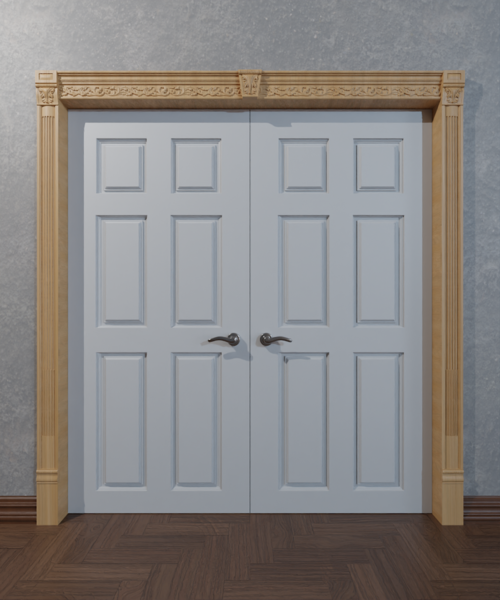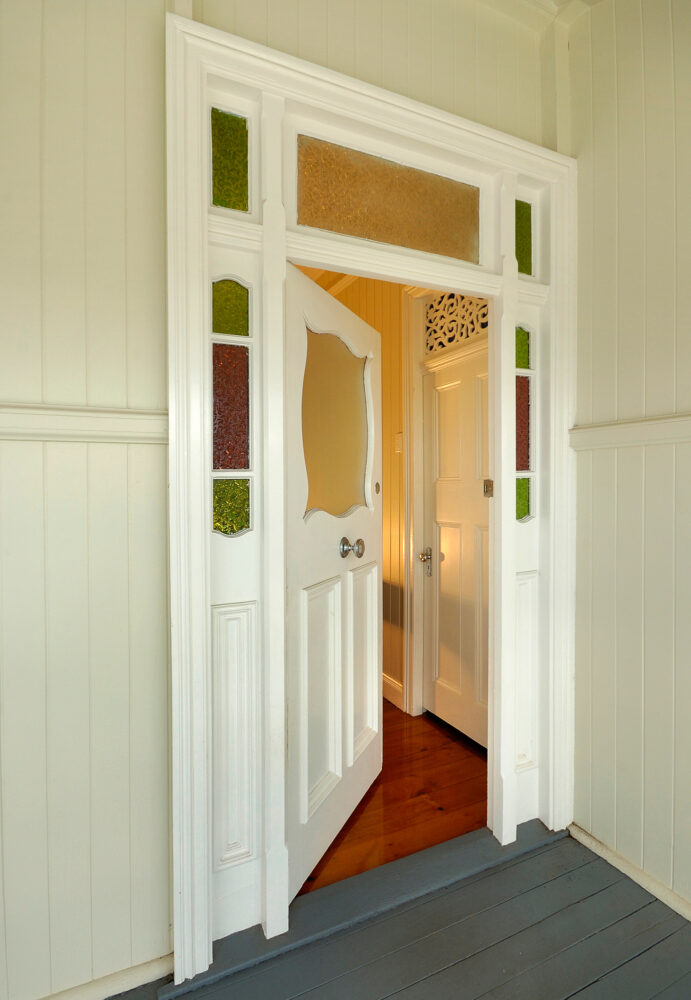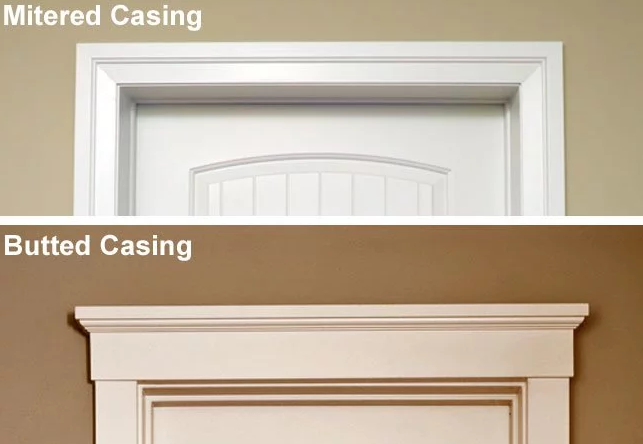Are you looking to elevate your home’s aesthetic? Decorative door frame moulding might just be the solution you need. It adds character, elegance, and a touch of sophistication to any room. In my experience, adding moulding has transformed my home from ordinary to extraordinary. Let’s delve into the world of decorative door frame moulding, covering styles, benefits, and installation tips.
What is Decorative Door Frame Moulding?
Decorative door frame moulding is a type of trim used around doors to enhance their appearance. This moulding can be simple or ornate and is often made from a variety of materials, including wood, MDF, and even plastic. It serves both an aesthetic and functional purpose, framing your doors beautifully and covering any gaps between the door frame and wall.
Why Choose Decorative Door Frame Moulding?
Incorporating decorative moulding into your home can have numerous benefits:
- Aesthetic Appeal: Moulding can add visual interest and texture to flat walls.
- Increased Property Value: Well-done moulding can boost your home’s market appeal.
- Conceals Imperfections: It helps hide gaps and uneven edges around door frames.
- Variety of Styles: There are numerous styles available, allowing customization to any décor.
Types of Decorative Door Frame Moulding
Understanding the different types of moulding can help you choose the right one for your home. Below are some popular styles:
1. Colonial Moulding
A classic style that reflects the design elements of early American architecture. It often features intricate patterns and raised details.
2. Modern Moulding
Characterized by clean lines and minimalistic designs. This style is perfect for contemporary homes.

3. Victorian Moulding
This ornate style typically includes elaborate designs and embellishments, suitable for traditional homes.
4. Craftsman Moulding
Known for its use of natural wood and simple lines, this style emphasizes craftsmanship and is often used in bungalows.

Pros and Cons of Decorative Door Frame Moulding
Pros
- Enhances interior beauty
- Improves home value
- Wide range of styles and materials
- Conceals flaws in walls and door frames
Cons
- Can be expensive, depending on materials
- Installation may require professional help
- Maintenance may be needed for certain materials

Materials Used in Decorative Door Frame Moulding
The choice of material affects both appearance and durability. Here are some common materials:
1. Wood
Classic and versatile, wood can be stained or painted. It adds warmth but may require more maintenance.
2. Medium-Density Fiberboard (MDF)
Affordable and easy to install. MDF can be painted and is less prone to warping than solid wood.

3. Polyurethane
This lightweight material mimics wood and is resistant to moisture, making it suitable for various environments.
4. PVC
Waterproof and durable, PVC is an excellent option for high-moisture areas. It’s available in various styles.

How to Choose the Right Decorative Door Frame Moulding
Choosing the right moulding depends on several factors:
1. Style of Your Home
Consider the architectural style of your home. Traditional homes may benefit from Victorian or Colonial styles, while modern homes might look better with sleek, minimalist moulding.
2. Room Functionality
Think about the use of the room. For example, a bathroom might benefit from moisture-resistant moulding, while a living room could use more decorative options.

3. Size of the Door
The scale of your moulding should relate to the door size. Larger doors can handle thicker, more ornate moulding, while small doors may require something more understated.
4. Budget
Finally, set a budget. Moulding prices can vary significantly based on material and style, so knowing your budget can help narrow your choices.

Installation Guide for Decorative Door Frame Moulding
If you’re ready to install decorative door frame moulding, here’s a step-by-step guide based on my own experiences:
Tools You Will Need
- Miter saw
- Measuring tape
- Pencil
- Nail gun or hammer
- Wood glue
- Stud finder
- Caulk and caulking gun
- Sandpaper or sanding block
Step-by-Step Installation
- Measure Your Door Frame: Use a measuring tape to find out the lengths required for your moulding.
- Cut the Moulding: Using a miter saw, cut the moulding at a 45-degree angle for a clean join at the corners.
- Dry Fit the Moulding: Place the pieces around the door frame without fastening them to ensure a proper fit.
- Attach the Moulding: Begin nailing or gluing the moulding to the wall starting from one corner.
- Fill Gaps and Joints: Use caulk to fill in any gaps or joints for a seamless look.
- Finish the Moulding: Sand down any rough edges and paint or stain the moulding as desired.
Maintaining Your Decorative Door Frame Moulding
Once you’ve installed your moulding, it’s essential to keep it looking its best. Here are my top maintenance tips:
1. Regular Dusting
Dust can accumulate on moulding, so a regular dusting with a microfiber cloth will keep it looking fresh.
2. Check for Damage
Inspect periodically for any signs of wear or damage, especially in high-traffic areas.
3. Repaint or Refinish as Needed
Over time, you might need to repaint or refinish your moulding to keep it looking new.
Comparison of Decorative Door Frame Moulding Types
| Type | Material | Cost | Durability | Maintenance |
|---|---|---|---|---|
| Wood | Natural Wood | High | High | Regular Painting/Staining |
| MDF | Composite | Medium | Medium | Easy to Paint |
| Polyurethane | Synthetic | Medium | High | Minimal |
| PVC | Plastic | Low | High | Minimal |
Frequently Asked Questions (FAQs)
What is the best material for decorative door frame moulding?
The best material depends on your needs. Wood offers a classic look, while MDF is budget-friendly. Polyurethane and PVC are great for moisture-prone areas.
How do I install decorative door frame moulding?
To install decorative moulding, measure your door, cut the moulding to size, dry fit it, attach it with nails or glue, and finish with caulk.
What styles of decorative door frame moulding are available?
Styles range from colonial and craftsman to modern and Victorian. Consider your home’s architecture to choose the best fit.
Can I paint my decorative door frame moulding?
Absolutely! Painting or staining moulding can give it a fresh look and help it match your interior design.
Conclusion
Decorative door frame moulding is an excellent investment for enhancing your home’s interior. The right style and material can transform your space, adding elegance and charm. By considering the factors discussed in this article, you can make an informed choice that reflects your personal style and fits your budget. Happy decorating!